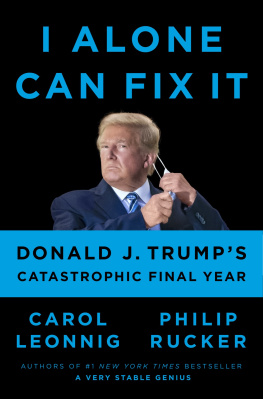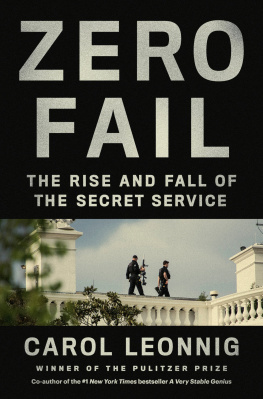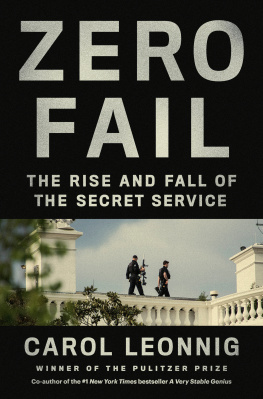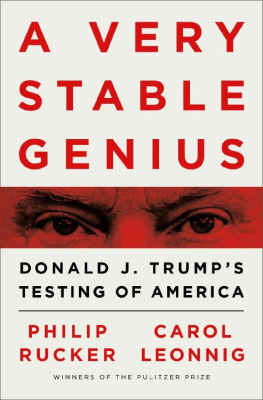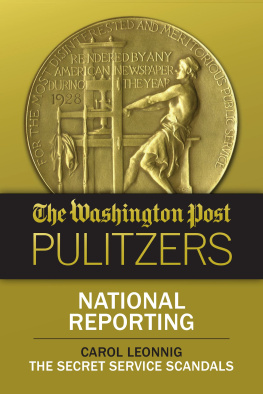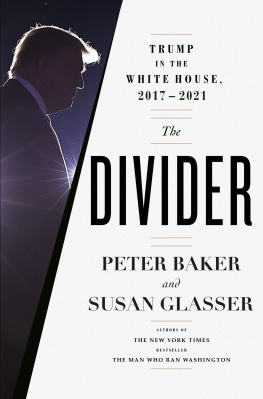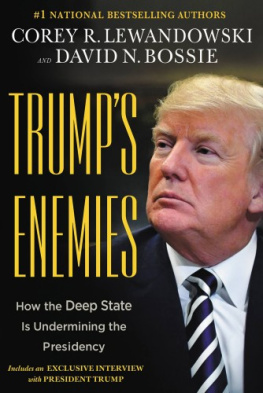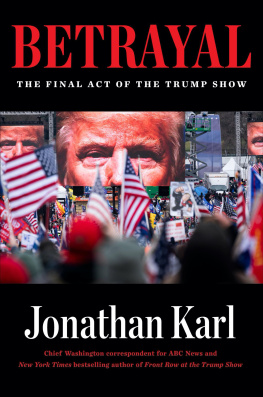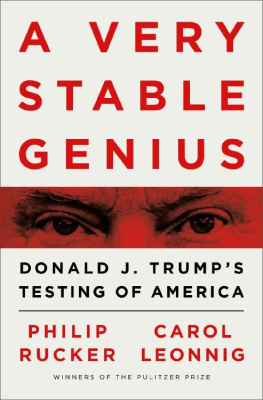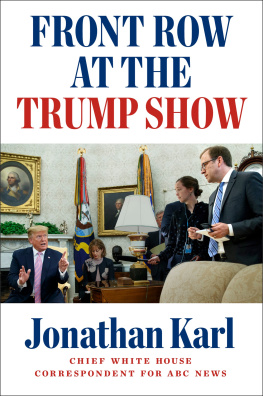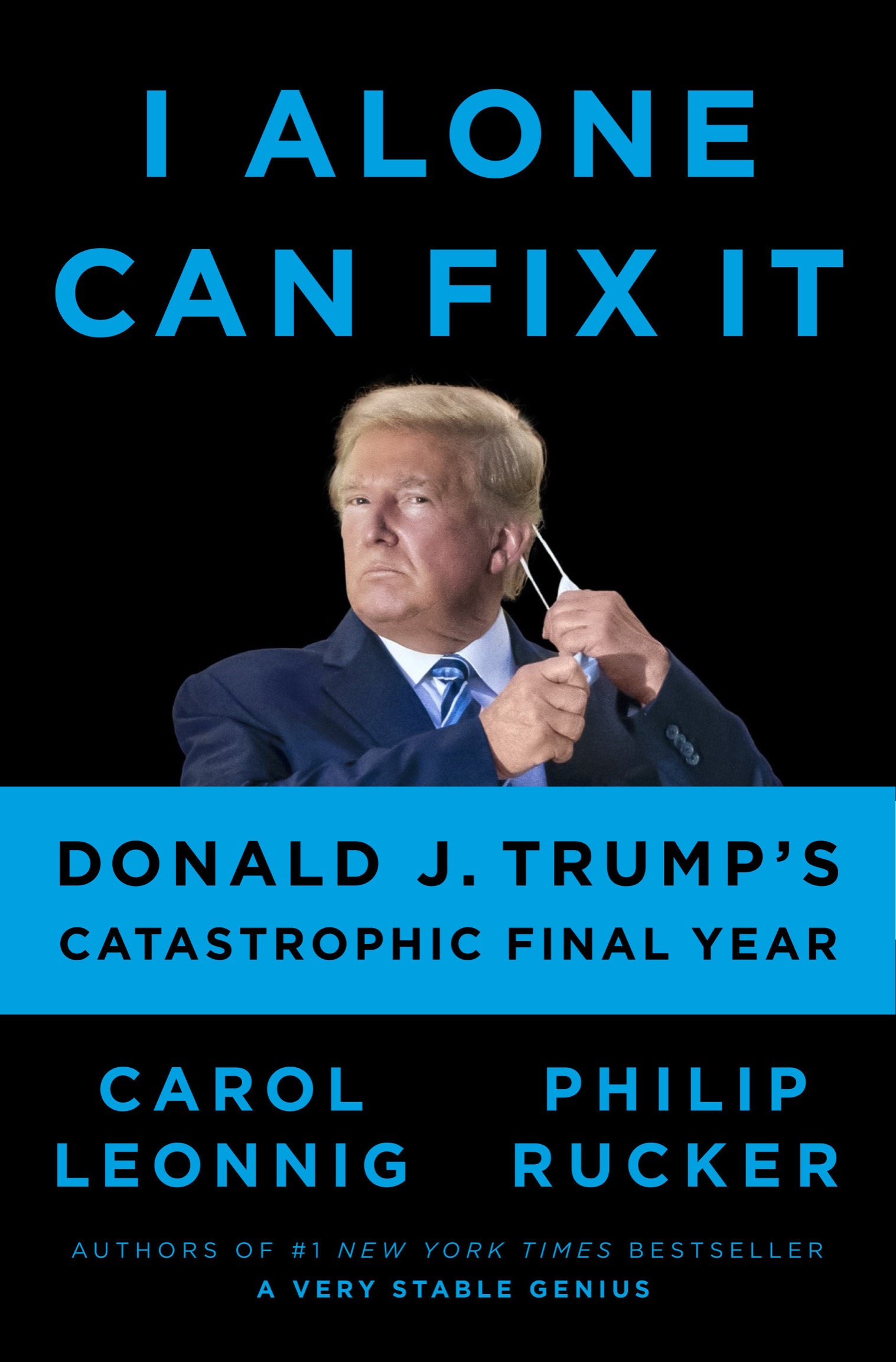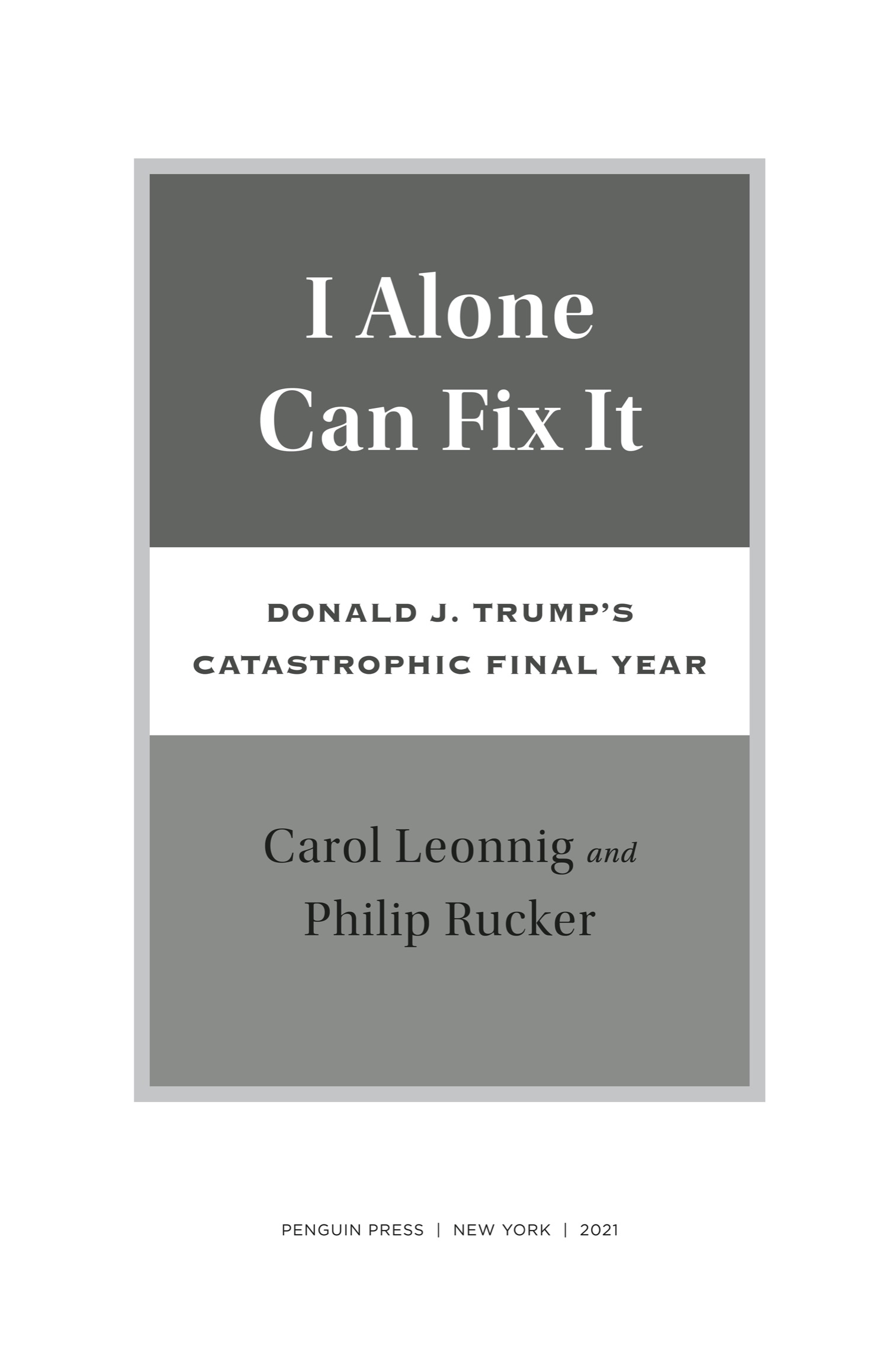Penguin supports copyright. Copyright fuels creativity, encourages diverse voices, promotes free speech, and creates a vibrant culture. Thank you for buying an authorized edition of this book and for complying with copyright laws by not reproducing, scanning, or distributing any part of it in any form without permission. You are supporting writers and allowing Penguin to continue to publish books for every reader.
Authors Note
We never anticipated we would write a second book about Donald Trumps time in the White House. Our first, A Very Stable Genius, brought readers deep inside his chaotic and impulsive presidency. Our story ended as Trump was about to face impeachment for pressuring a foreign country to investigate his political rival, well into his third year. We expected his presidency would follow its established pattern and rhythms. Then came the year 2020. Trumps final year in office turned out to be by far his most consequential and, for many Americans, the most frightening. We felt compelled to pick up where we left off. Our minds raced with questions anew. We felt a responsibility, for history, to reveal what was happening behind the scenes as Trump stared down his first true crisis, the coronavirus pandemic, and chose to spawn another, the subversion of democracy, an act that led him to be the first U.S. president ever to be twice impeached.
This book is based on hundreds of hours of interviews with more than 140 sources, including the seniormost Trump administration officials, career government officials, friends, and outside advisers to the forty-fifth president, as well as other witnesses to the events described herein. Some of our interviews with key figures extended for more than five hours in a single sitting as the sources recounted their experiences in meticulous detail. Most of the people we interviewed agreed to speak candidly only on the condition of anonymity, to share private accounts of moments that profoundly challenged or shook them, to protect their future careers, or to fend off retaliation from Trump or his allies. Many of them provided their accounts in a background capacity, meaning we were permitted to use the information they shared so long as we protected their identities and did not attribute details to them by name. A few of our sources agreed to speak on the record, including Trump, whom we interviewed for two and a half hours.
We are objective journalists who seek to share the truth with the public. In this book, we aimed to provide the closest version of the truth that we could determine based on rigorous reporting. We carefully reconstructed scenes to present Trump unfiltered, showing him in action rather than telling readers what to think of him. These scenes were reconstructed based on firsthand accounts and, whenever possible, corroborated by multiple sources and buttressed by our review of calendars, diary entries, slideshow decks, internal memos, and other correspondence among principals. Dialogue cannot always be exact but is based here on peoples memories of events and, in some cases, contemporaneous notes taken by witnesses. In a few instances, sources disagreed substantively about the facts in an episode, and when necessary, we note that in the pages, recognizing that different narrators sometimes remember events differently.
This book is an outgrowth of our reporting for The Washington Post. As such, some of the details in our narrative first appeared in stories we authored for the newspaper, some of them in collaboration with other colleagues. However, the overwhelming majority of the scenes, dialogue, and quotations are original to our book and based on the extensive reporting we conducted exclusively for this project.
To reconstruct episodes that played out in public, we relied upon video of events, such as presidential speeches, many of which are archived on C-SPANs website. We also relied on contemporaneous news reports in the Post as well as in other publications. We have also drawn from the government record, including internal government reports and private email exchanges. In most instances we built upon the published record with our own original reporting. Material gleaned from such accounts is properly attributed, either with a direct reference in the chapter text or in the endnotes.
Prologue
On January 20, 2017, Donald John Trump became president, unskilled in the machinery of government and unmoved morally by the calling of the position, but aglow in his unmatched power. The first three years of Trumps term revealed a presidency of one, in which the universal value was loyaltynot to the country, but to the president himself. Scandal, bluster, and uninhibited chaos reigned. Decisions were driven by a reflexive logic of self-preservation and self-aggrandizement. Delusions born of narcissism and insecurity overtook reality.
In those early years, which we chronicled in our book A Very Stable Genius, Trumps advisers believed his ego and pride prevented him from making sound, well-informed judgments. His management style resembled a carnival ride, jerking this way and that, forcing senior government officials to thwart his inane and sometimes illegal ideas. Some of them concluded that the president was a long-term and immediate danger to the country that he had sworn an oath to protect, yet they took comfort that he had not had to steer the country through a true crisis.
Trumps actions and words nevertheless had painful consequences. His assault on the rule of law degraded our democratic institutions and left Americans reasonably fearful they could no longer take for granted basic civil rights and untainted justice. His contempt for foreign alliances weakened Americas leadership in the world and empowered dictators and despots. His barbarous immigration enforcement ripped migrant children out of the arms of their families. His bigoted rhetoric emboldened white supremacists to step out of the shadows.
But at least Trump had not been tested by a foreign military strike, an economic collapse, or a public health crisis.
At least not until 2020.
This book chronicles Trumps catastrophic fourth and final year as president. The year 2020 will be remembered in the American epoch as one of anguish and abject failure. The coronavirus pandemic killed more than half a million people in the United States and infected tens of millions more, the deadliest health crisis in a century. Though the administrations Operation Warp Speed helped produce vaccines in record time, its overall coronavirus response was mismanaged by the president and marred by ineptitude and backbiting.
The virus was only one of the crises Trump confronted in 2020. The pandemic paralyzed the economy, plunging the nation into a recession during which low-wage workers, many of them minorities, suffered the most.

